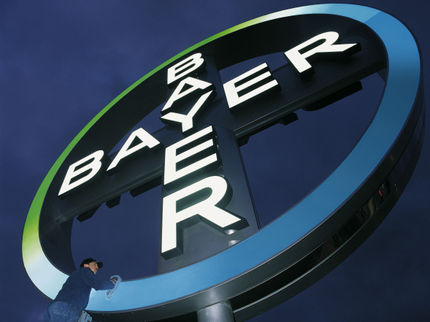Merck: Closure of the Geneva and Coinsins sites is confirmed
Merck Serono Announces Final Efficiency Program for Switzerland
Advertisement
Merck announced the outcome of the Swiss consultation process and the final plan for restructuring the operations of its Merck Serono division in Switzerland. This includes the closure of the Geneva and Coinsins sites.
The initial proposal was presented by the Merck Serono division to employees on April 24, 2012, providing Swiss-based employees the opportunity to provide alternative proposals in order to avoid the job cuts envisaged in the plan, to reduce their number, or to minimize their impact, in accordance with Swiss law.
The final measures are the result of the analysis by the company of all proposals received from employees and numerous discussions with employee representatives including the trade union Unia, during and after the consultation period.
While several aspects of the proposals received from employees relating to the social plan have been incorporated by the division, Merck Serono could not retain the proposals advocating maintenance of its activities in Geneva.
Merck Serono will consolidate all headquarter functions on a Merck Serono campus in Darmstadt, Germany, where the Merck Group has been located for nearly 350 years and has its global headquarter. It will also focus its R&D resources in three hubs located in Europe (Darmstadt), the USA (Boston) and Asia (Beijing). Out of the 1,250 positions currently located in Geneva, approximately 750 will be transferred to other sites (including 130 to the Canton of Vaud) and around 500 will be reduced to eliminate duplications and create a leaner, more agile organization. Approximately 80 positions will be made redundant in the sites located in the Canton of Vaud (Aubonne, Coinsins and Corsier-sur-Vevey). The manufacturing operations currently based in Coinsins will be relocated to Aubonne.






















































